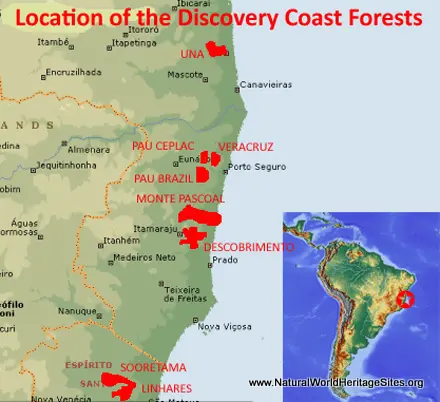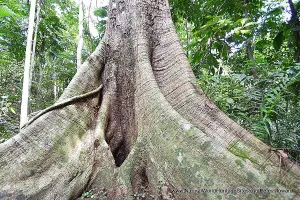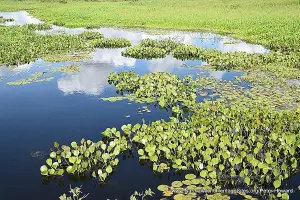EXPLORE BRAZIL’S DISCOVERY COAST ATLANTIC FOREST RESERVES with this slideshow, check the location map and get all the facts and information below.
For slideshow description see right or scroll down (mobile). Click to view slideshow
Location and Values: Brazil’s Discovery Coast Atlantic Forest Reserves protect eight separate areas representing some of the last remaining fragments of South America’s Atlantic rainforests. This is thought to be the world’s richest area biologically, supporting 20% of the world’s flora, as well as 261 species of mammals, 620 birds, 280 amphibians and 200 reptile species. Many of these are extremely rare, endemic to small areas and highly endangered.
Conservation Status and Prospects. According to IUCN’s recent Conservation Outlook Assessment there is significant concern over the conservation status of this site. The IUCN report notes that ‘while the establishment of the various protected areas was a highly needed step to save the last remnants of one of the most fragmented and degraded forest regions on the planet and the serial approach is appropriate, the protected areas require more coherent and encompassing management. Underlying conflicts with impoverished local communities need to be addressed. At a time when better connectivity is urgently needed and recognition of a need to restore parts of the Atlantic Forest is emerging, the trends in the landscape surrounding the components (of the world heritage site) keep deteriorating. Unless land use dynamics can be influenced to promote more environmentally friendly activities, further deterioration seems inevitable due to biological isolation. This is not even taking into account the expected impacts of climate change.’
Links:
Google Earth
Official UNESCO Site Details
IUCN Conservation Outlook
UNEP-WCMC Site Description
Birdlife IBA
Slideshow description
The photos in this slideshow are intended to ‘tell the story’ of Brazil’s Discovery Coast Atlantic Forest Reserves, showing the area’s landscapes, plants and animals, people, threats and conservation needs. It includes recent photographs from various parts of the world heritage site, including the coastal and interior areas of Monte Pascoal National Park, and the forests around the (private) Veracruz station. Photos of two of the area’s most highly endangered primates (the golden-headed lion tamarin and yellow-breasted capuchin monkey, exhibited at Sao Paolo zoo) are included. This page of the website is still under development and a more detailed description of the various aspects of the site which are illustrated in the slideshow will be included in due course – so please come back again soon!
Factfile
Website Category: Tropical & Sub-tropical Forests
Area: 1,119 km2
Inscribed: 1999
Criteria:
- Ecological processes (ix);
- Natural habitat for biodiversity (x);
- Significant number of rare, endemic and/or endangered species (x)





